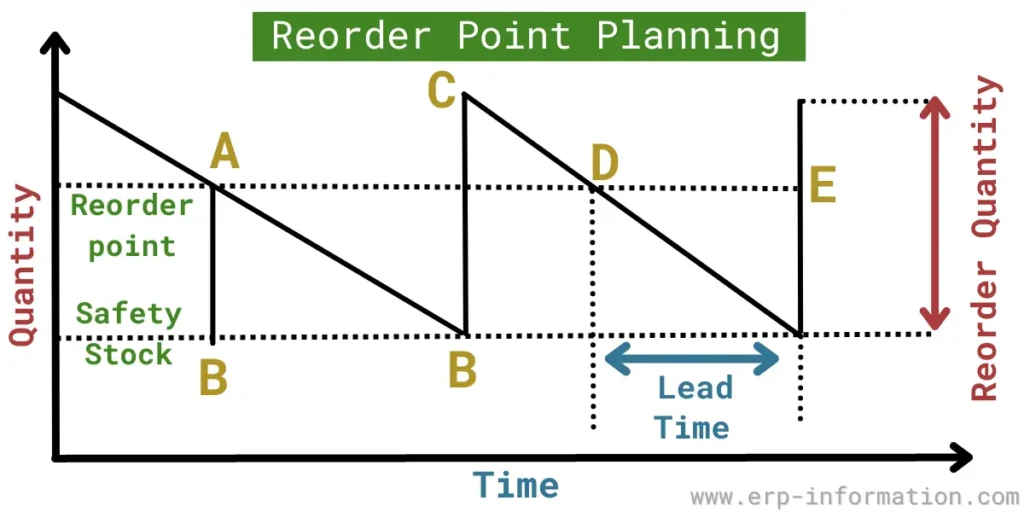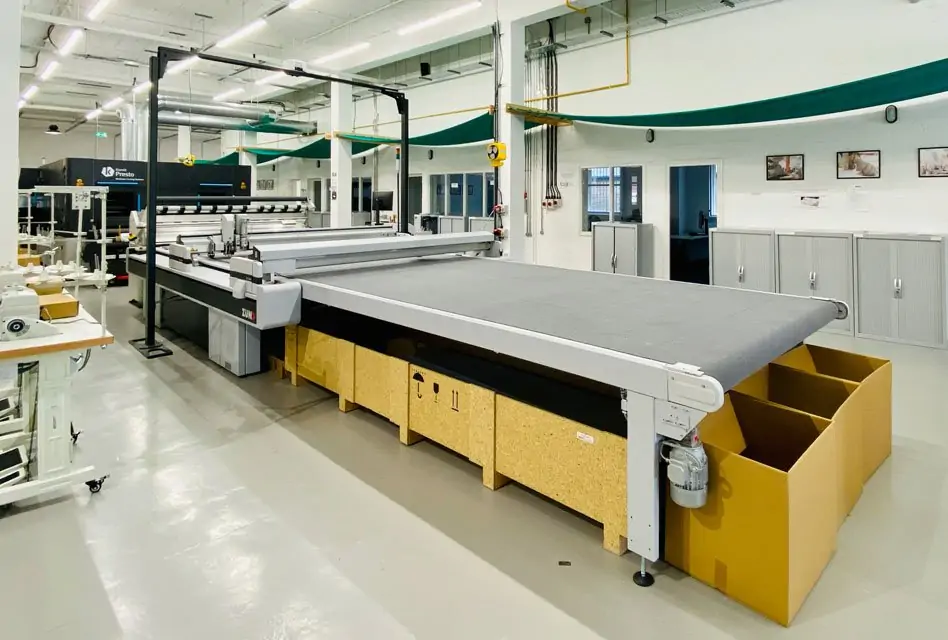How to Manage Demand Planning in Manufacturing Supply Chains Demand planning is a critical component of supply chain management, especially in manufacturing. It involves predicting future customer demand to ensure that products are available in the right quantities, at the right time, and in the right place. Think of it as trying to predict the weather—just as meteorologists use data to forecast storms, How to Manage Demand Planning in Manufacturing Supply Chains use data to forecast product demand.
Table of Contents
The Importance of Effective Demand Planning
Effective demand planning is more than just a way to avoid stockouts. It’s a strategy that can transform your manufacturing operations.

Reducing Waste and Costs
One of the primary benefits of effective demand planning is cost reduction. By accurately forecasting demand, manufacturers can reduce excess inventory and the associated costs, like storage and insurance. Imagine you’re hosting a party; planning ahead ensures you have enough food without overbuying, which parallels how demand planning helps in minimizing excess production.
Enhancing Customer Satisfaction
Another key benefit is enhanced customer satisfaction. When you can meet customer demand without delay, it boosts customer trust and loyalty. Picture it as a restaurant with a well-managed kitchen—customers get their meals hot and on time, leading to happy diners and repeat business.
Key Components of Demand Planning
To master demand planning, you need to understand its core components.
Forecasting Methods
Forecasting is the backbone of demand planning. It involves predicting future sales based on historical data and market trends. There are two main types:
Qualitative vs. Quantitative Forecasting
Qualitative forecasting relies on expert judgment and market research, while quantitative forecasting uses statistical models and historical data. Both methods have their merits. For example, qualitative forecasting might be used for new products where there’s little historical data, while quantitative methods are ideal for established products with a clear sales history.
Inventory Management
Effective inventory management ensures that products are available without overstocking. This involves maintaining safety stock levels and determining reorder points.
Safety Stock and Reorder Points
Safety stock acts as a buffer against demand fluctuations and supply chain disruptions. Reorder points, on the other hand, trigger new orders when inventory levels drop below a certain threshold. It’s akin to keeping a few extra groceries at home to avoid last-minute trips to the store.


Challenges in Demand Planning
Despite its benefits, demand planning comes with its challenges.
Data Accuracy and Reliability
Accurate data is crucial for effective forecasting. Inaccurate or outdated data can lead to poor demand predictions, which can disrupt supply chains. It’s like trying to navigate using an old map—you’re bound to encounter problems.
Managing Supply Chain Disruptions
Supply chain disruptions, like delays or shortages, can throw off your demand plans. Having contingency plans and flexible processes can help mitigate these issues.
Role of Technology in Demand Planning
Technology plays a significant role in modern demand planning.
Demand Planning Software
Advanced demand planning software can analyze vast amounts of data quickly, providing more accurate forecasts. It’s like having a supercharged calculator that can handle complex equations effortlessly.
Data Analytics and AI
Data analytics and AI are transforming demand planning by offering deeper insights and more accurate predictions. These technologies can identify patterns and trends that might not be obvious through traditional methods.
Integrating Microfactory into Demand Planning
Microfactory are small-scale, flexible manufacturing units that can adapt quickly to changes in demand. Integrating them into your demand planning strategy can offer several advantages.
Benefits of Microfactory
Flexibility and Responsiveness
Microfactory can quickly scale up or down based on demand, offering a level of flexibility that traditional manufacturing setups may lack. This responsiveness can help manufacturers adapt to changing market conditions and customer preferences.
Implementing Microfactory
Case Studies and Best Practices
Several companies have successfully integrated microfactory into their operations. Studying these case studies can provide valuable insights and best practices for implementation. For instance, a company that produces custom gadgets might use microfactory to quickly adapt to new trends and customer demands, ensuring they stay ahead of the competition.

Best Practices for Demand Planning in Manufacturing
To optimize demand planning, consider the following best practices.
Regular Review and Adjustment
Demand planning is not a one-time task; it requires regular review and adjustment. Market conditions, consumer behavior, and other factors can change, so it’s essential to continuously refine your forecasts and plans.
Collaboration Across Departments
Effective demand planning involves collaboration across different departments, including sales, marketing, and supply chain. This ensures that all aspects of the business are aligned with the demand plan, leading to smoother operations and better outcomes.
Conclusion
Managing demand planning in manufacturing supply chains is a dynamic and ongoing process. By understanding the key components, addressing challenges, leveraging technology, and integrating innovative solutions like microfactory, manufacturers can enhance their efficiency and responsiveness. Effective demand planning not only reduces costs and waste but also improves customer satisfaction and operational agility. Keep refining your approach, stay informed about new technologies, and always be prepared to adapt to changing conditions.
FAQs
What is the main goal of demand planning in manufacturing?
- The main goal is to accurately predict future demand to ensure that products are available in the right quantities, at the right time, and in the right place, thus minimizing costs and maximizing customer satisfaction.
How does technology impact demand planning?
- Technology, including demand planning software and data analytics, enhances the accuracy and efficiency of demand forecasting, providing valuable insights and enabling better decision-making.
What are microfactorty and how do they benefit demand planning?
- Microfactory are small, flexible manufacturing units that can quickly adapt to changes in demand. They offer benefits such as improved responsiveness and the ability to scale production up or down based on current needs.
What challenges are commonly faced in demand planning?
- Common challenges include ensuring data accuracy, managing supply chain disruptions, and adapting to changing market conditions.
Why is regular review and adjustment important in demand planning?
- Regular review and adjustment are crucial because they help adapt to changes in market conditions, consumer behavior, and other factors, ensuring that demand plans remain relevant and effective.


